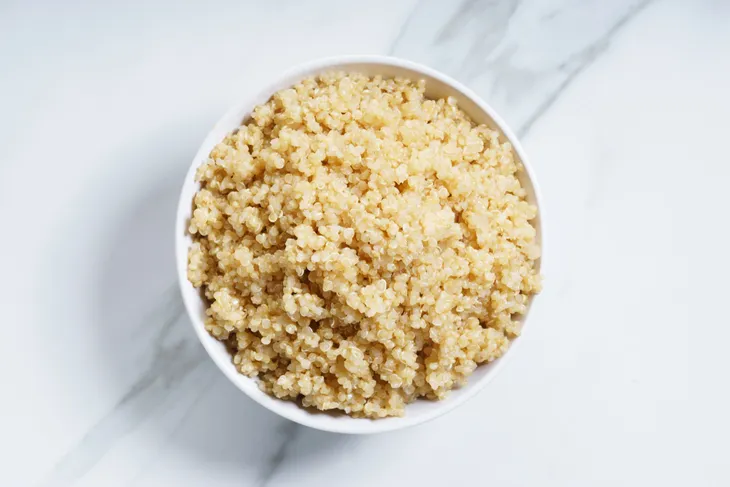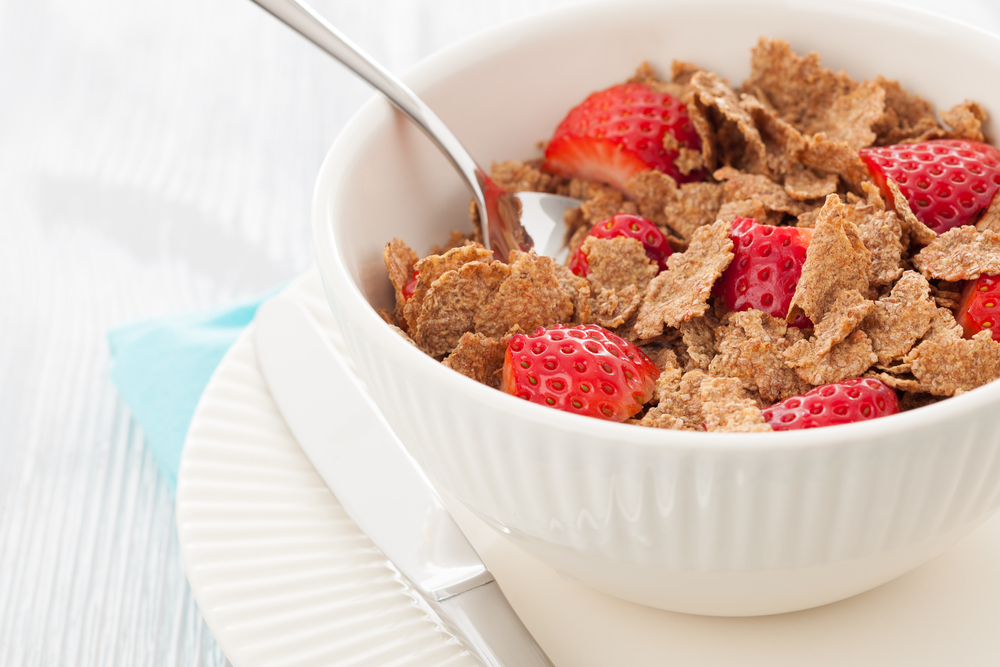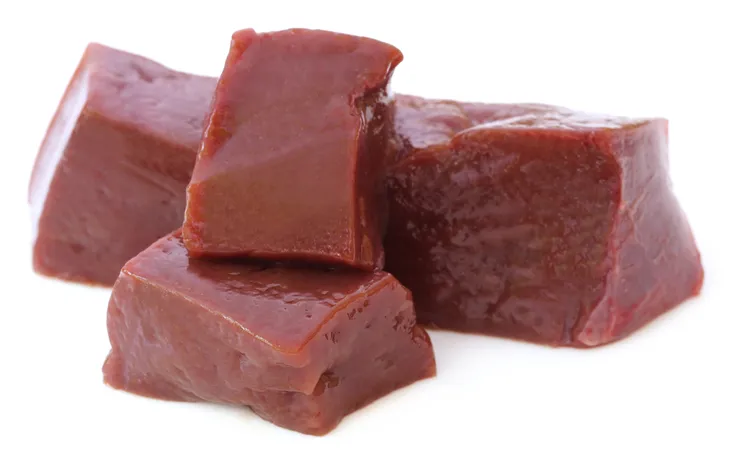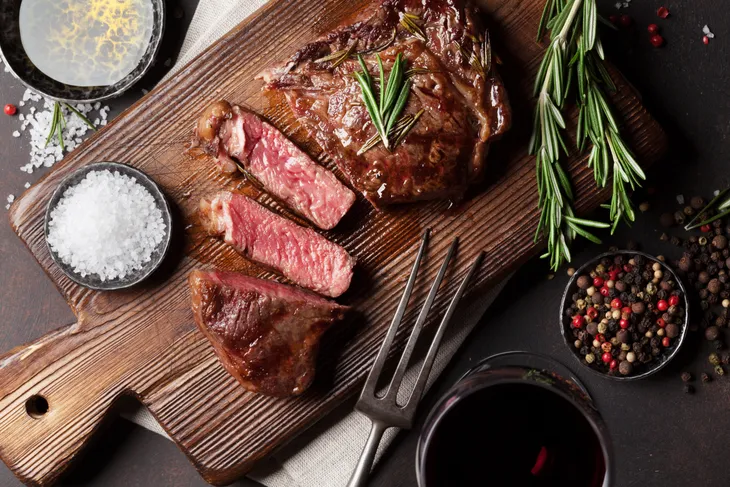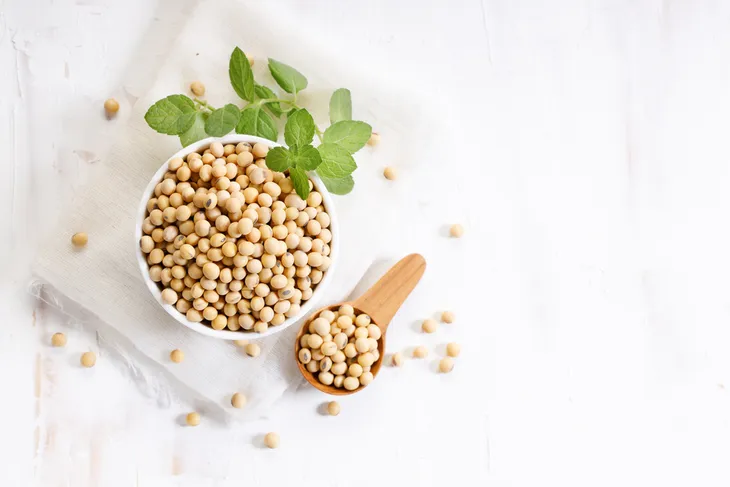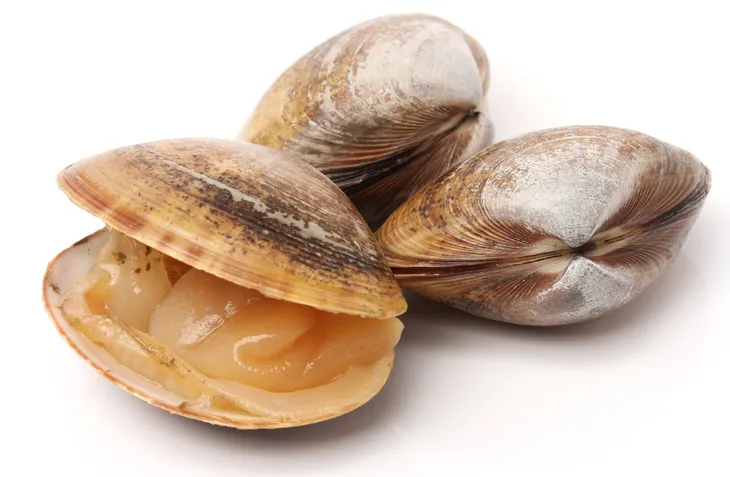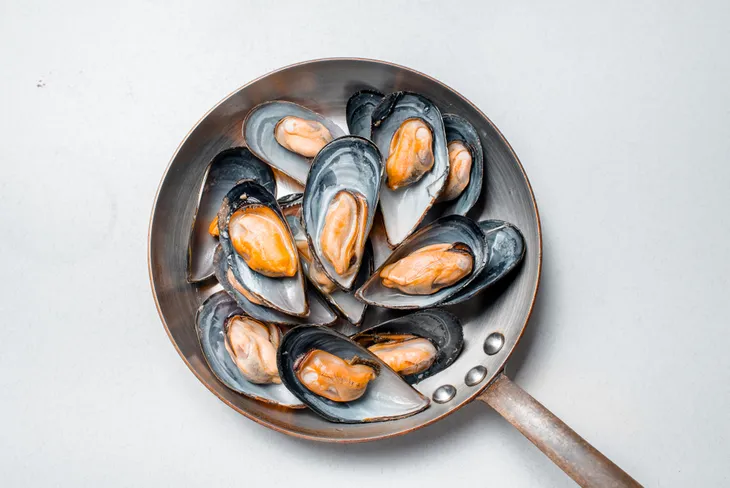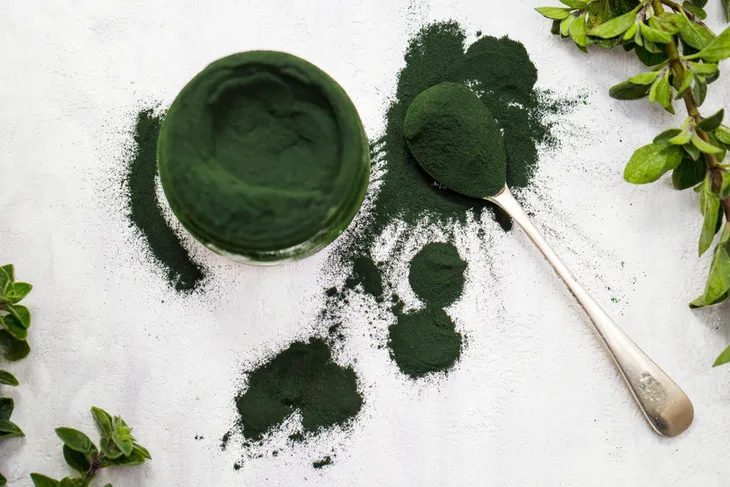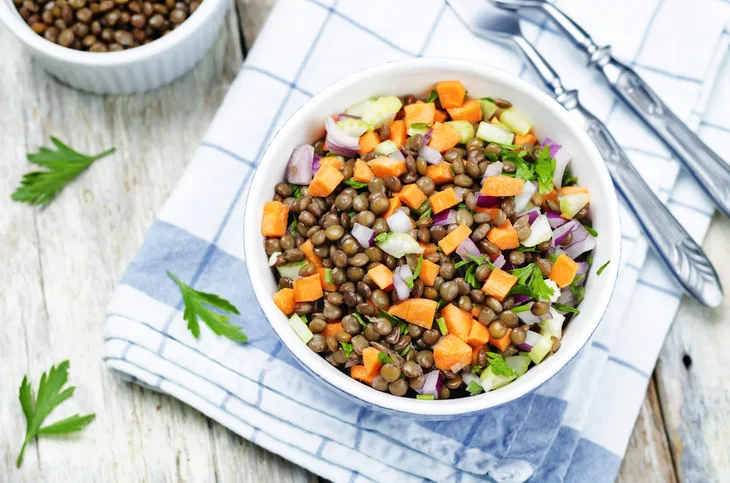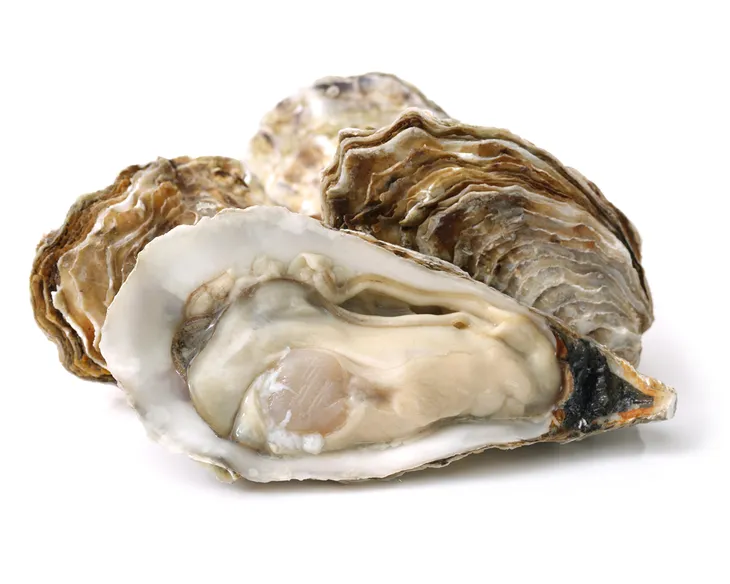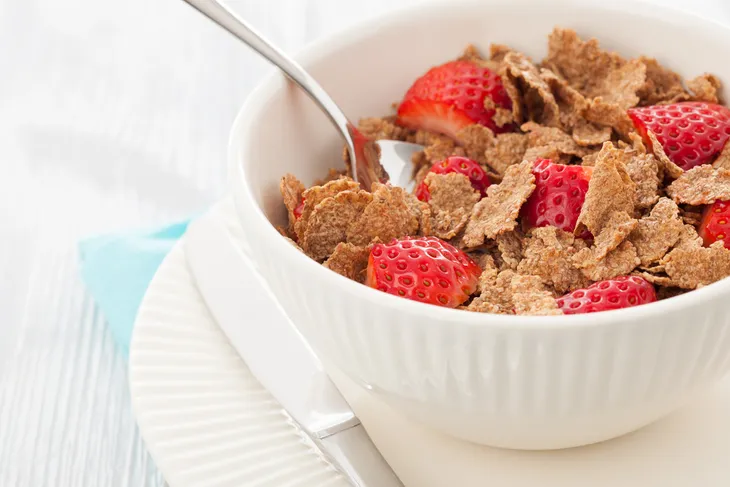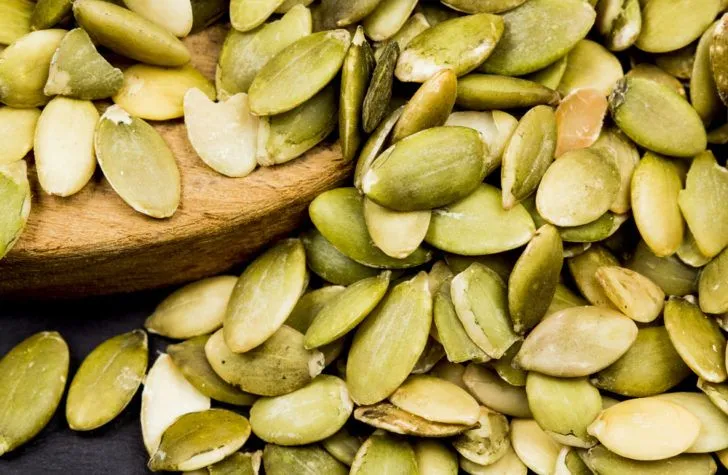- Iron is important for your overall health, unfortunately, deficiencies are very common.
- One way to combat an iron deficiency is to add more iron-rich foods to your diet.
- Some natural food sources that are rich in iron include organ meats, red meat, and some seafood.
- Vegetarians and vegans have options too as there are many plant-based friendly sources of iron such as soybeans, spirulina, and quinoa.
Iron is vital for your overall health. It is one of the building blocks of hemoglobin, which carries oxygen throughout the body. Despite the importance of iron, deficiencies are very common and come along with some serious symptoms, such as weakness, fatigue, vertigo, and hair loss. In children, iron deficiencies can even cause developmental issues.
These deficiencies are also most often found in women. This is why it’s so important to consume adequate amounts of iron in your daily diet. Keep in mind, iron from meat, fish, and poultry is better absorbed than iron from plants. The National Institutes of Health recommends that women of birthing ages should consume 18-milligrams (mg) of iron each day. Thankfully, there are many foods that are naturally rich in iron, including these 12…
Looking to increase your iron intake? Try Vitron-C High Potency Iron Supplement with Vitamin C – an Amazon best-seller with over 1,600 4.5+ star consumer ratings. (As an Amazon associate, this site earns from qualifying purchases).
Want diet & nutrition content delivered straight to your inbox? Sign up for our exclusive diet & nutrition newsletter!
Organ Meats
Organ meats from animals such as the liver, generally are higher in iron. For example, 100-grams of beef liver provides 6.5-mg of iron, which is 36-percent of your daily recommended intake.
You can enjoy beef liver fried with onions for a comforting meal. You could also try pork liver pâté on bread for a high protein, high iron breakfast. 100-grams of pork liver contains 18-mg of iron, which amounts to 100-percent of your daily recommended intake of iron.
Red Meat
Organ meats aren’t the only type of meat rich in iron. Red meat is too! Not only is it delicious but it may be “ the single most easily accessible source of heme iron,” says Healthline.
The source says a 100-gram serving of ground beef contains 2.7-mg of iron which is about 15-percent of your daily recommended intake. Red meat is also chock full of other essential nutrients like protein, selenium, zinc, and B vitamins.
Soybeans
If you’re vegan or vegetarian, don’t fret! You have options too. Soybeans are a great iron-rich (and plant-based friendly) option.
Soybeans provide about 8.8-mg of iron per 1-cup. Better yet, Healthline says “The same portion of natto, a fermented soybean product, offers 15 mg.” To add more soybeans to your diet you can try eating tofu or tempeh. These meatless protein options can be effortlessly added to chili, soups, and stews — get creative with it!
Clams
Sweet and succulent, clams are a delicious way to boost your iron. Try adding baby clams into pasta and salad dishes for a great source of protein and iron. Amazingly, 100-grams of clams have 3-mg of iron, which is 17-percent of your daily recommended intake.
There are a variety of different types of clams and therefore iron content will vary, some might contain much less while others may contain more. You can also buy clams fresh, frozen, and canned. Don’t worry about them losing iron through the canning process. Canned clams are a convenient and healthy way to get this seafood in your diet!
Spinach
Leafy greens are chock full of essential nutrients and antioxidants, but spinach is the king of salads. Spinach contains more iron gram for gram than ground beef. Some studies have found that a compound in spinach can inhibit the absorption of iron into the body. The NIH tells us to help improve our body’s absorption of iron from plant sources, that we should also eat meat and foods that contain vitamin C.
Spinach contains about 3-mg of iron per 100-grams, for a total of 17-percent of your daily recommended intake. It’s easy to add it into your diet too — blend it in a smoothie, eat it in a salad, or add it to your omelet or sandwich!
Mussels
Mussels are not only delicious but an excellent source of protein. If you live near the ocean, they may also be one of the most affordable options. Better yet, mussels contain 6.7-mg of iron per 100-grams. This totals 37-percent of your daily recommended intake.
Enjoy mussels as a starter to a nice dinner, or as a healthy main course. Keep in mind, mussels placed in freshwater could cause the mussels to close. It is best to buy them and use them the same day.
Spirulina
Spirulina is a type of cyanobacteria, “which is a family of single-celled microbes that are often referred to as blue-green algae,” explains Healthline. It grows in both fresh and saltwater. Today, it’s a popular supplement that can be easily blended into smoothies.
Spirulina is full of nutrients like protein, vitamin B1, B2, and B3. It’s also a great source of iron. A small 14-gram portion of spirulina contains 4-mg of iron, which is 22-percent of your daily recommended intake.
Beans
Beans are great sources of nonheme iron. Some great iron-rich beans to consider include lentils, white beans, kidney beans, chickpeas, as well as others. For example, a 1/2-cup of cooked lentils contains 15-percent of your daily iron needs.
Furthermore, beans are a great option for vegetarians and vegans to get adequate amounts of iron in their diet. Enjoy beans as a replacement for meat in many of your favorite meals. Beans also make a great side dish and are brilliant pureed or added into soups.
Oysters
Oysters are not just for fancy dinner parties or romantic dates. Many types of oysters are affordable and easily attainable when they are in season. You can find oysters in large supermarkets or at your local fishmonger.
Oysters contain about 37-percent of the recommended daily intake of iron. Enjoy oysters raw or barbecued when buying them fresh. If making an oyster dressing, frozen oysters are a more affordable yet still delicious option.
Fortified Cereal
If you are having trouble getting natural sources of iron, then consider fortified cereals. Whole grains are high in iron, and many processed food companies add iron to their products.
Rice Krispies are a great option, with about 30.4-grams of iron per 100-gram serving. Other cereals you can find with added iron include Bran Flakes, Quaker Quick Oats, and Cornflakes. Look for packaging that indicates the product has added iron and check the nutrition label to understand just how much iron is in your serving.
Pumpkin Seeds
Pumpkin seeds may be small but they pack a mighty nutritional punch! Healthline says a 1-ounce serving of pumpkin seeds contains 2.5-mg of iron – equivalent to about 14-percent of your daily recommended intake.
Pumpkin seeds are also great sources of zinc and vitamin K. The source also notes they’re “among the best sources of magnesium, which many people are low in.” Pumpkin seeds can be enjoyed by the handful, making them a great on-the-go snack but they can also be tossed into many dishes like soups and salads too!
Quinoa
Quinoa is a versatile food! It can be a great addition to a salad or enjoyed as a side dish. It also happens to be a great source of iron. In just 1-cup of cooked quinoa, you’ll get about 2.8-mg of iron which is equal to about 16-percent of the daily value.
Quinoa also happens to be gluten-free which is great for individuals who have a gluten intolerance or allergy. In case you need another reason to enjoy quinoa, Healthline points out that quinoa contains more protein compared to other grains.
